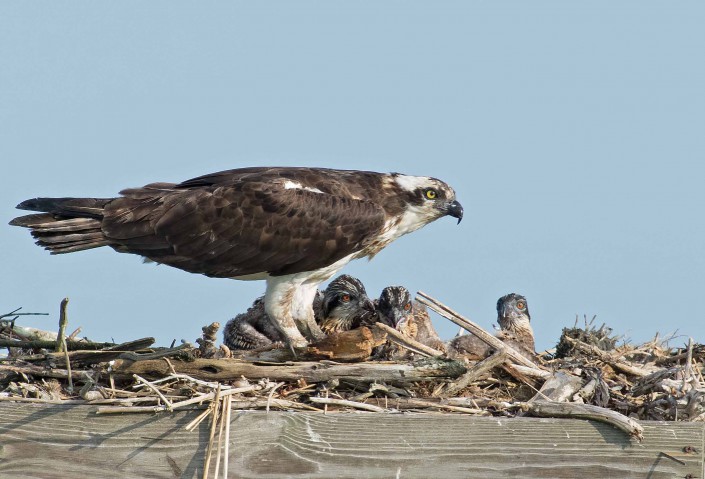Conservation of the Osprey: Slideshow

Ospreys are clearly one of the highlights while visiting the Wildlife Drive at Edwin B. Forsythe National Wildlife Refuge in Oceanville. Visitors are given a glimpse into the lives of these fascinating birds through the placement of their man-made nesting platforms along the Drive. One photographer, Tom Sangemino documented their nesting season from beginning to end and created a wonderful slideshow. Within the slideshow Tom also chose to educate people about the restoration of ospreys in New Jersey and ways that you can get involved to help their continued success!
Discover more from Conserve Wildlife Foundation of NJ
Subscribe to get the latest posts sent to your email.